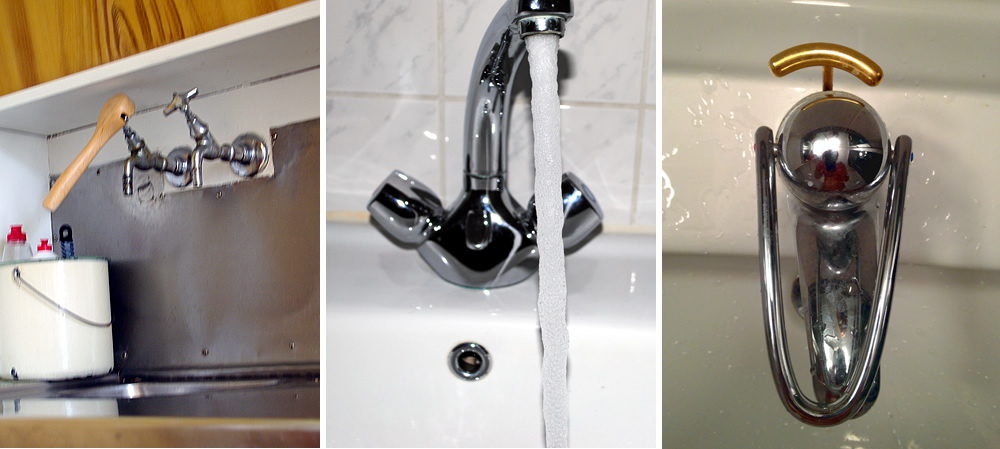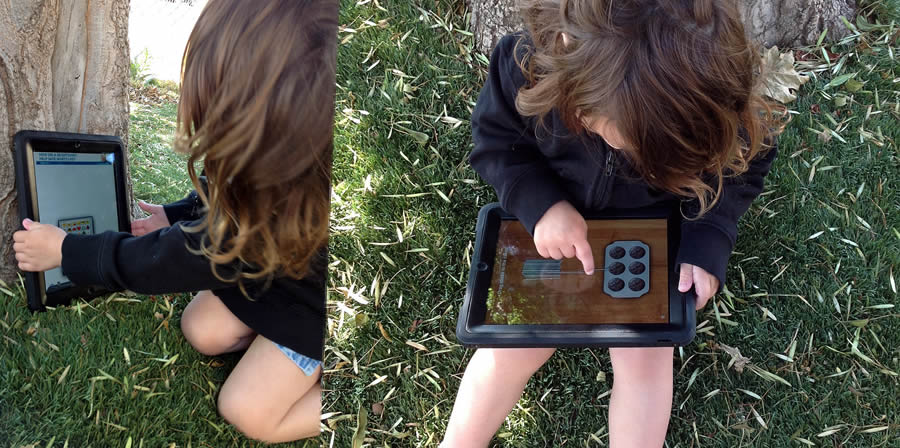Over the last 100 years, bathroom and kitchen faucets have become very common. But have you thought about how much they have changed over time?
At Smultronboda sheep farm, my grand parents farm, there is a small apartment that we let out as a vacation home. One of the rustic rooms is a kitchen that feature an antique (or semi antique) faucet.
Well, actually there are two taps – one for cold and an other for warm water. If one wants to wash ones hands, both taps need to be opened and warm and cold water is mixed over the hands by moving the hands forth and back. The risk of scorching one self surely exist. In the context of the Smultronboda kitchen, it’s still okey, since the faucet is used for washing dishes and the tap in the loo is much less dangerous :)
In the photo above you can see a wooden handle that has been attached to one of the faucet handles. The wooden attachment helps by reducing the need for strength and dexterity when operating the tap handles.
At some point in history faucet manufacturers figured out how to create a tap that combine variable amounts of hot and cold water in a single outlet. This removed the quirkiness from washing ones hands.
However, one still needed good dexterity to adjust the temperature via the handles. To help persons with low fine motor control to use taps the single handle tap was invented. Now this type of faucet is super common and few people realise that they are using a tool for “the disabled”.
Tomorrow: An alien faucet.


